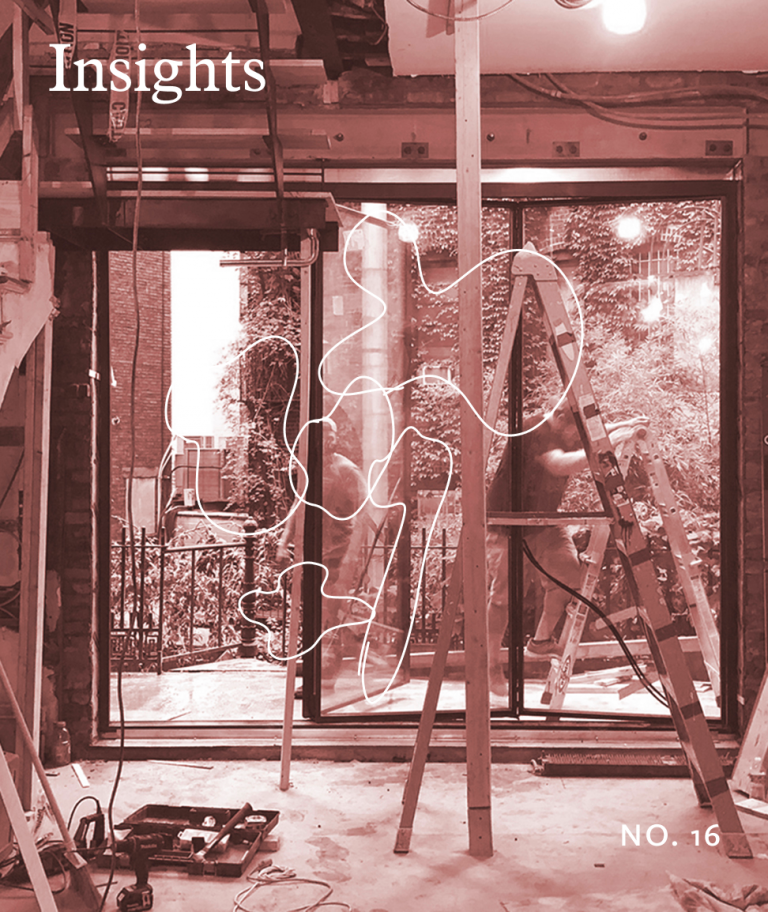Five Steps to Successful Collaboration

Collaboration isn't just desirable; it's essential.
A successful project hinges on the ability of multiple stakeholders to work together in harmony. Here’s a five-step framework I use to evaluate the effectiveness of a collaboration. Each step is quite broad, but this simplicity helps keep projects on track.
- The Smell Test
The first step in evaluating potential collaborators is what I call “The Smell Test.” This simply involves using your intuition to gauge if someone will be a good collaborator. You can often tell right away if a prospective collaborator won’t be a good match based on their communication style or interpersonal dynamics. Misaligned values and poor chemistry are clear red flags for any collaboration, but especially dangerous for long-term, high-stakes projects. While it’s not always immediately obvious if someone will be an ideal collaborator, you can rely on past experiences and judgment to make an informed decision. The key here is to weed out anyone who could be actively detrimental to the project.
- The First Dance
Once you’ve identified a promising collaborator, the next step is “The First Dance.” This is where you begin working together, find your rhythm, and figure out how best to support one another. Establishing clear roles based on individual strengths is essential. Each team member should learn how their role fits into the larger dynamic of the project. During this initial phase, it’s crucial to watch for early warning signs while ensuring everyone feels valued, heard, and confident enough to speak up when something isn’t right. This early stage is all about building a strong foundation for your ongoing work together.
- Collective Problem Solving
Inevitably, problems will arise in any project. “Collective Problem Solving” is the third step, focusing on how the team handles these challenges. Taking ownership of problems without pointing fingers is vital. Good collaborators work toward solutions together, leveraging the skills and experience of the entire team. Flexibility is also crucial. Problems in lengthy projects are complex and often require adaptable solutions. The ability to transcend egos and focus on collective problem-solving may be the most important indicator of a good collaborator.
- Confirmation
The fourth step is “Confirmation,” where we evaluate whether the collaboration is effective and if we’re enhancing each other’s work. Is this collaboration more than the sum of its parts? It’s important to make sure all partners have the opportunity to shine and bring new opportunities to the table that strengthen the project. Regular check-ins during the project are essential to staying on track and meeting our objectives while maintaining a positive relationship. Clear and constructive feedback will keep the collaboration aligned with the original project vision, program, and budget.
- Review and Re-engage
The final step is “Review and Re-engage,” which involves a thorough debrief after the project concludes. This step can be done with the collaborator or internally with your team. Reflect on the overall experience and the final result. What worked well? What didn’t? Would you want to collaborate with this person or company again? If so, what would you do differently next time?
This review process should consider how well roles and responsibilities were established and fulfilled, how adaptable the team was, and how effectively problems were solved. Additionally, reflect on how well the collaboration aligned with your values and handled practical issues like budgets and timelines.
When the next project comes along, a good collaborator will always stay top of mind.
By considering these five steps—The Smell Test, The First Dance, Collective Problem Solving, Confirmation, and Review and Re-engage—you can build strong, productive collaborations that not only achieve your project goals but also foster a culture of innovation and discovery. This framework helps ensure that collaborations are not only successful in the short term but also lay the foundation for long-term, meaningful professional relationships.








